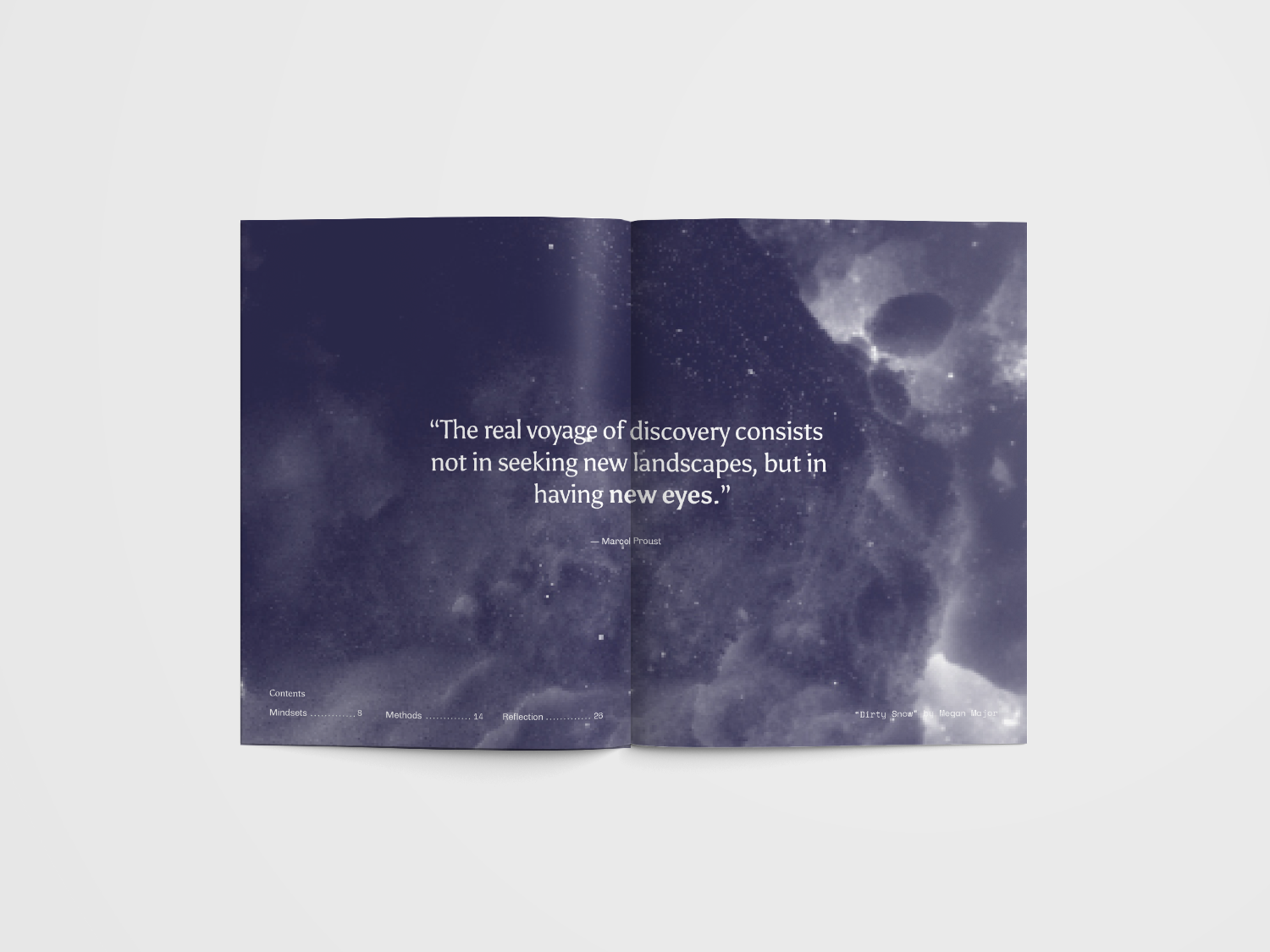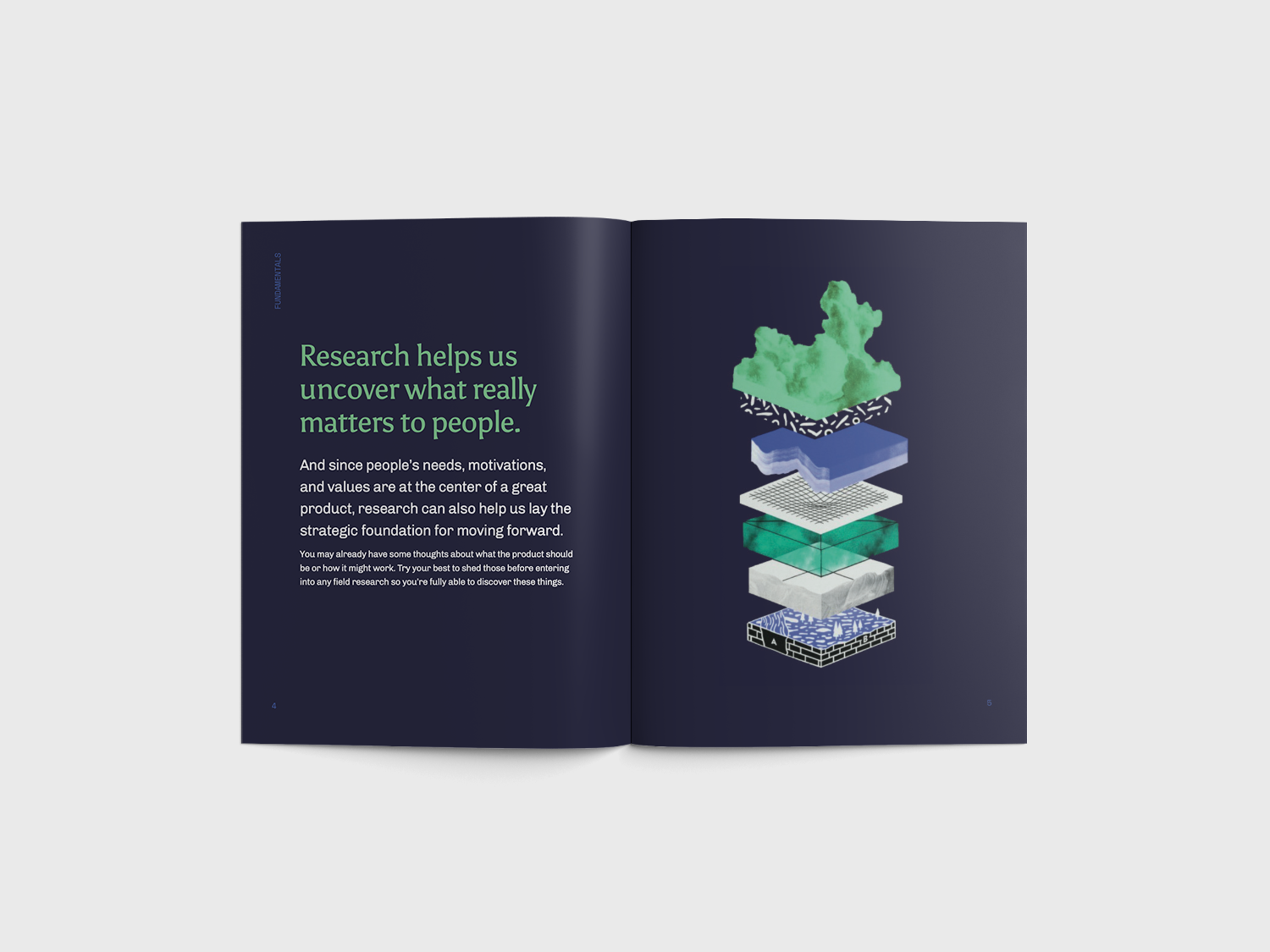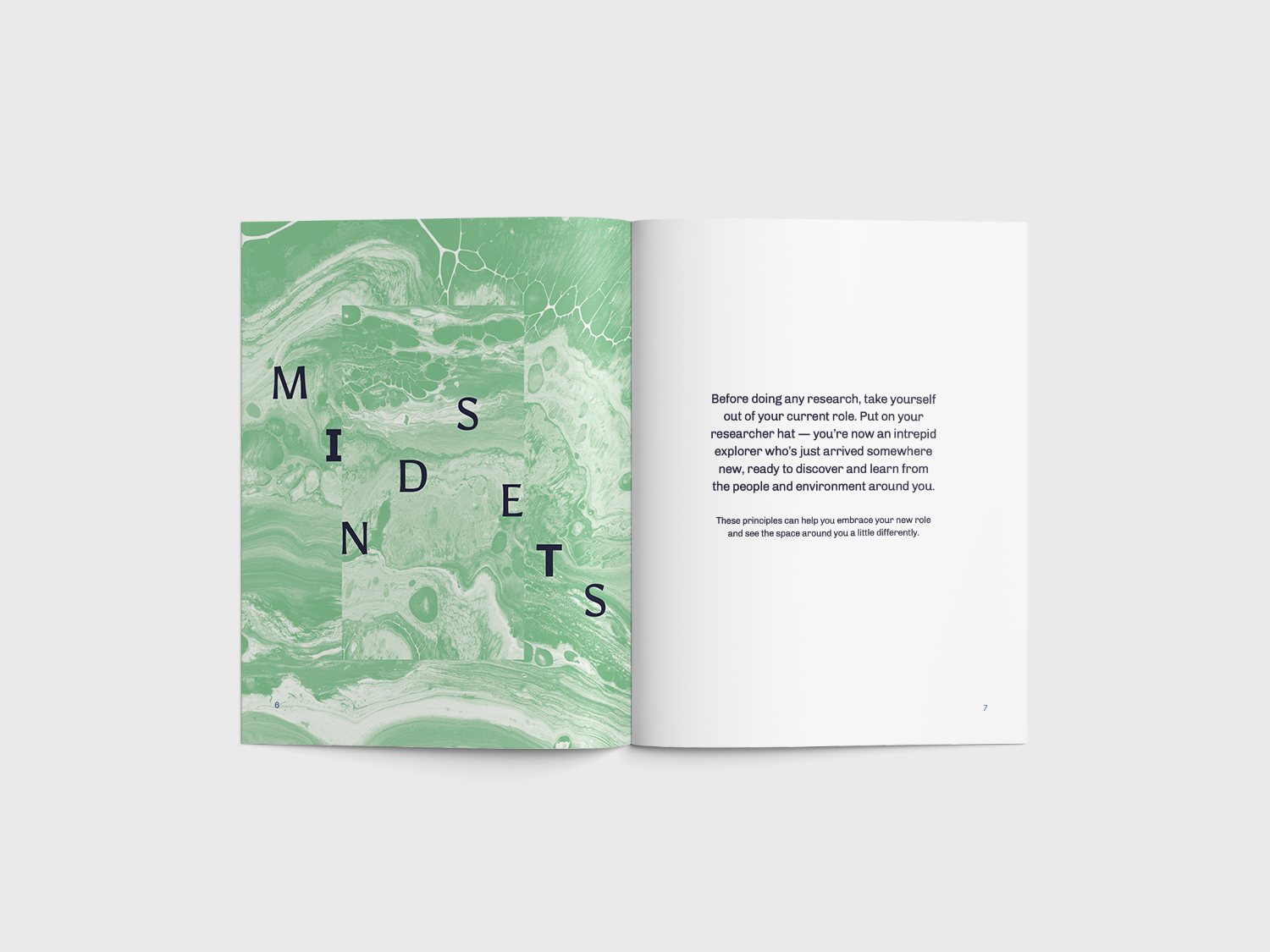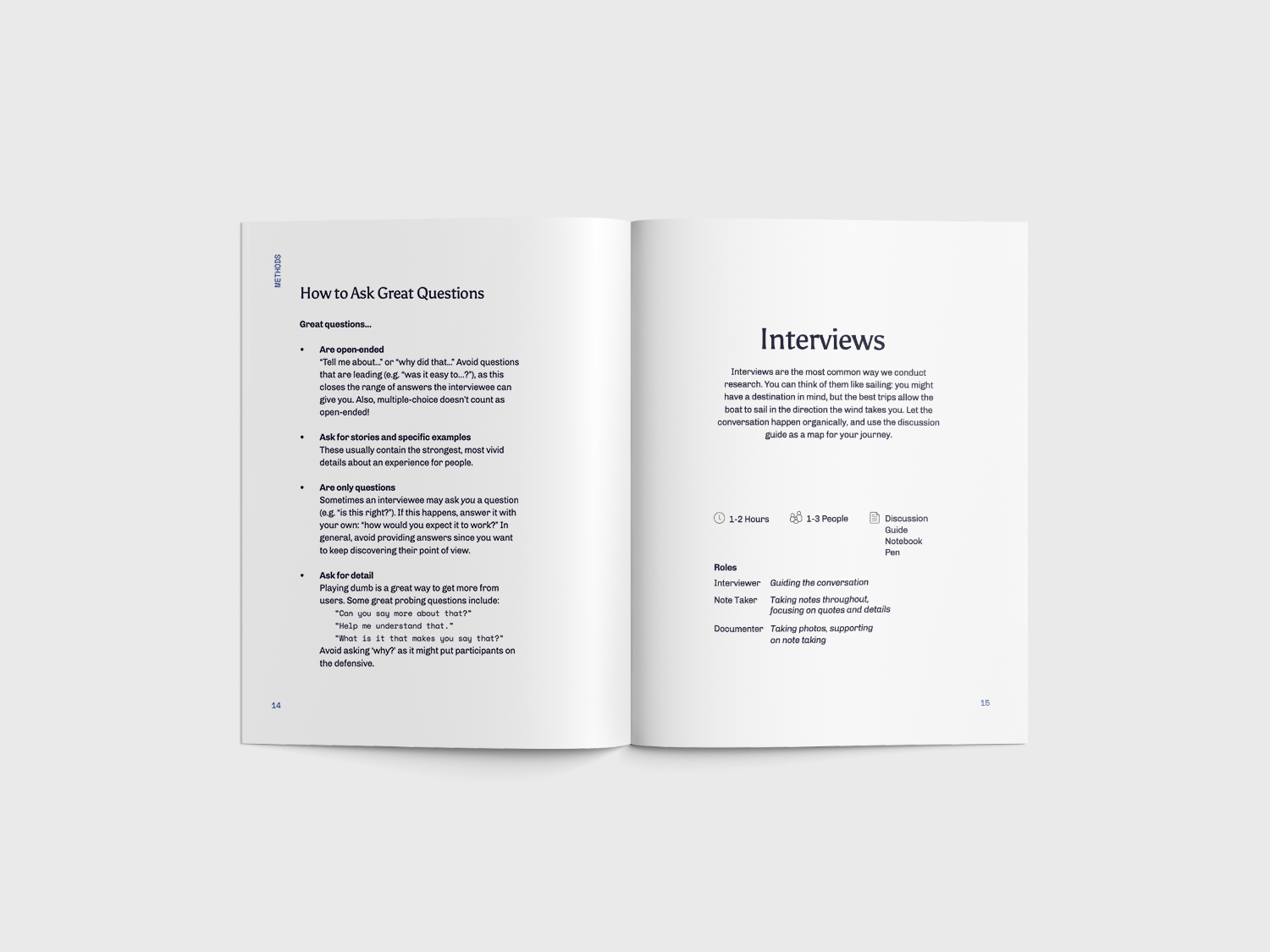




A guide to field research
Context
In 2012, a host named Shell contacted Airbnb to ask if she could offer her place for free to people who had to evacuate from Hurricane Sandy. Over the years, with a dedicated team, the feature expanded into a product called Open Homes.
After President Trump’s immigration ban in 2016, our team hoped this product could extend beyond disaster relief to include refugee resettlement.
To design for this new use case, we needed to understand the refugee resettlement ecosystem, as well as the experience for multiple stakeholders: hosts, guests (recently resettled refugee families), and agencies.
Our team had looked to Canada’s private sponsorship model of refugee resettlement as an inspiration for our program, and identified Vancouver as a site rich for learning.
The work
We decided to organize a team-wide trip to Vancouver to kick off this work. While working closely with the research team to design and plan the 1.5-week trip, I created trainings and resources to bring our 25-person team (including engineers, product managers, operations specialists, partnerships managers, and other disciplines) up to speed on our learning goals and research methodology.
One of the pieces of onboarding was a research kit, featuring a booklet I wrote and designed called A Guide to Field Research.
Design principles
I wanted this resource to feel encouraging — tactical, yet inspirational.
In my conversations with teammates, many described feeling intimidated by the prospect of conducting interviews. I hoped to reframe research by its first principles — a means of extending one’s curiosity into the world, something that everyone has the ability to do.
The guide covers:
Why understanding people is central to product strategy
Mindsets — 4 principles to stay empathetic and open-minded
Methods — a basic overview of ethnographic research methods
Reflection — suggestions on note-taking and synthesizing
The content evolved after multiple iterations with feedback from cross-functional members of my team.
Outcomes
After folks completed onboarding, our team broke off into assigned groups to conduct interviews for the week. We regrouped every evening to discuss learnings, synthesize themes, and gather new questions and ideas. Upon returning to San Francisco, the research team and I organized key insights and led a team-wide journey mapping exercise, in addition to producing a share out.
Although this was just the start of a multi-year effort in growing our refugee resettlement initiative, key themes from the research (e.g. the specific needs of a large family, the desire for longer-term stays, how the impact of an Airbnb stay differs from a stay at a hotel) informed not only product and partnerships decisions, but our team’s strategy and theory of change.
“Approaching a week of research of all different types, all of which I’d never done before, was daunting. This situated me in the space and taught me exactly what to expect and what was expected of me. I referred to it throughout the trip, and by the end, even felt empowered to lead an interview myself.”
“You up-leveled our whole team.”
Role
Design lead, researcher, writer, facilitator
Research team
Farah Ereiqat, Emily McDonald
Production
The wonderful folks at H&H Imaging
